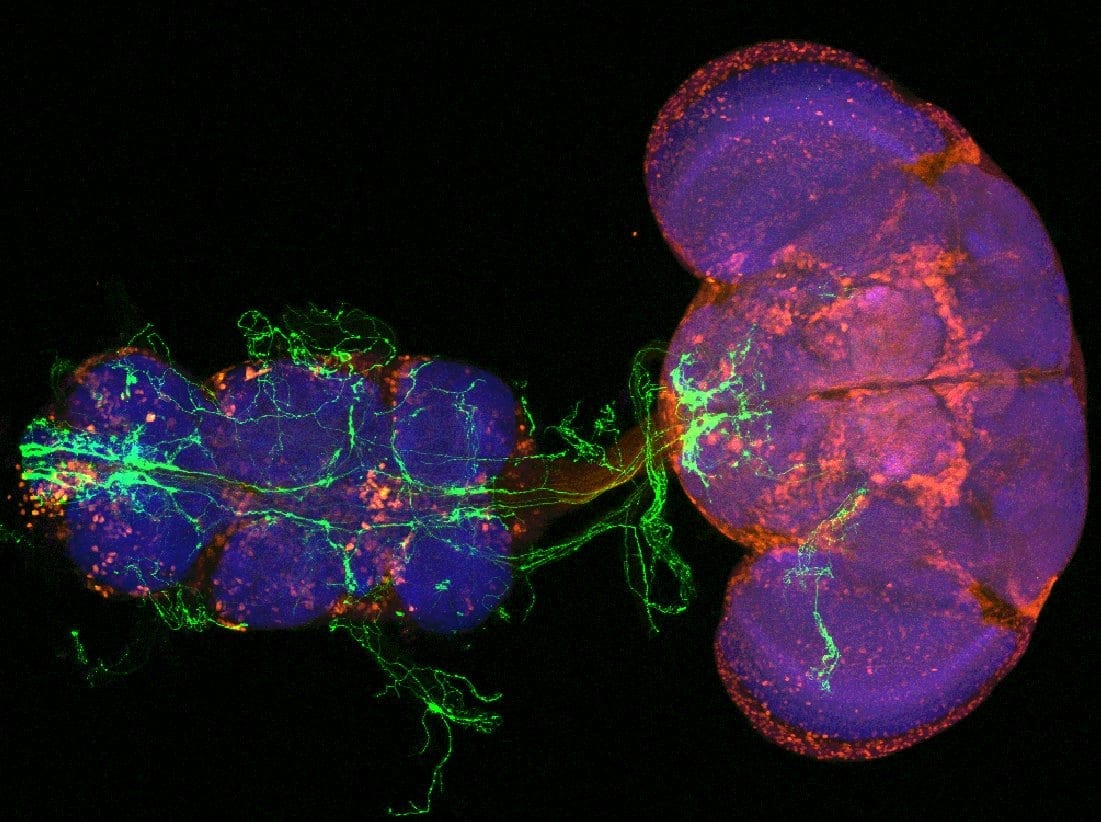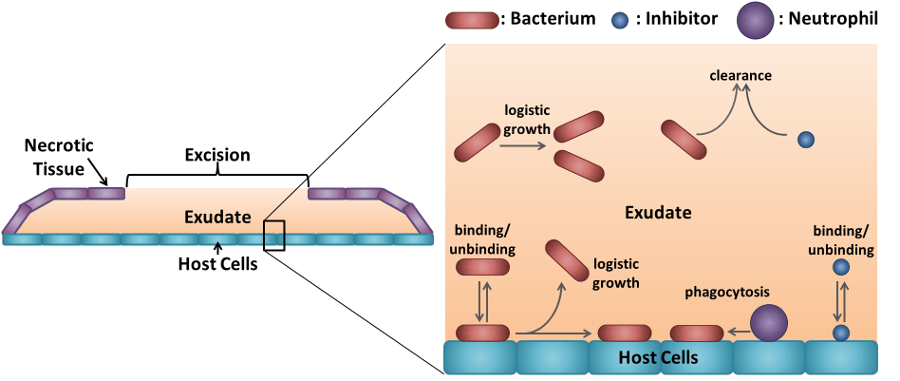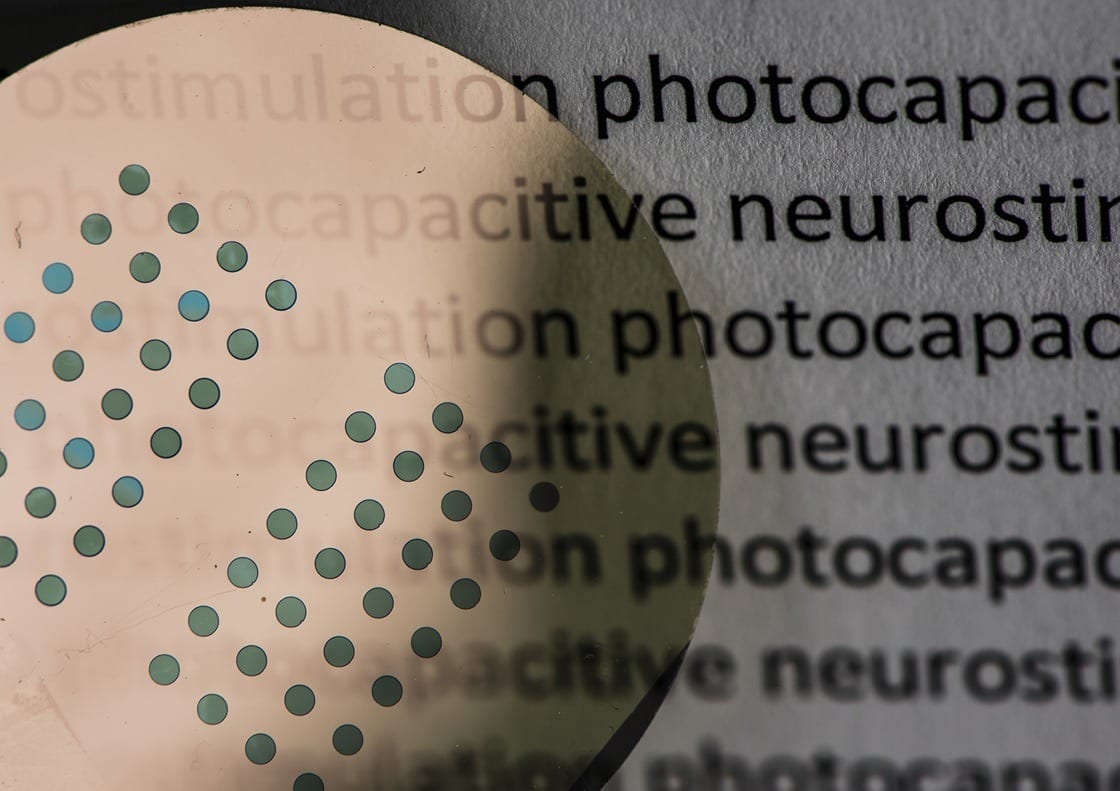
A revolutionary on the spot blood test that identifies chronic pain by colour “biomarkers” will be revealed at a pain medicine conference in Sydney today. (Sunday May 6). Australian neuroscientist Professor Mark Hutchinson who developed the world-first test with an Australian-based team believes the breakthrough has the potential to revolutionise the diagnosis and treatment for the one in five Australians who suffer chronic pain.
Professor Hutchinson will tell a meeting of the Faculty of Pain Medicine of the Australian and New Zealand College of Anaesthetists that the test would also benefit the diagnosis of pain in babies and dementia sufferers who are unable to communicate the extent or source of their pain.
“This gives us a brand new window into patients’ pain because we have created a new tool that not only allows for greater certainty of diagnosis but also can guide better drug treatment options,” he explained.
Professor Hutchinson, who has played a leading role in the development of blood tests for chronic pain, is the Director of the Australian Research Council Centre of Excellence for Nanoscale BioPhotonics at the University of Adelaide.
He believes the “painHS” test could be ready for broader use by pain medicine physicians and GPs within 18 months as a cost effective test to determine the severity of chronic pain in patients with lower back pain, fibromyalgia, pelvic pain, cancer pain and migraine.
Professor Hutchinson said while the earlier “painSEQ” and “painCELL” blood tests developed by his team to identify pain were accurate, it took one to two days to get the “bench to bookshelf” results.
However, the simple colour biomarker “bench to bedside” blood test meant clinicians could get the results instantly. The test uses light measurement tools (hyperspectral imaging analysis) to identify the molecular structures of what pain actually looks like in blood cells.
“We are literally quantifying the colour of pain,” Professor Hutchinson explained.
“We’ve now discovered that we can use the natural colour of biology to predict the severity of pain. What we’ve found is that persistent chronic pain has a different natural colour in immune cells than in a situation where there isn’t persistent pain.”
Professor Hutchinson stressed that the test could never replace the importance of having patients describe and discuss their pain with their doctor.
“Self-reporting (by patients) is still going to be key but what this does mean is that those ‘forgotten people’ who are unable to communicate their pain conditions such as babies or people with dementia can now have their condition diagnosed and treated.”
The test could eventually lead to the development of a new generation of drugs that would better target chronic pain conditions and also eliminate the need for clinical trials to use placebos to determine the effectiveness of a particular drug.
“We now know there is a peripheral cell signal so we could start designing new types of drugs for new types of cellular therapies that target the peripheral immune system to tackle central nervous system pain.”
Professor Hutchinson said the test also had the potential to revolutionise the treatment of animals.
“This has a profound impact not only for human health but also animals. Animals can’t tell us if they’re in pain but here we have a Dr Doolittle type test that enables us to ‘talk’ to the animals so we can find out if they are experiencing pain and then we can help them.”
Learn more: Breakthrough blood test reveals colour of chronic pain
The Latest on: Chronic pain
[google_news title=”” keyword=”chronic pain” num_posts=”10″ blurb_length=”0″ show_thumb=”left”]
via Google News
The Latest on: Chronic pain
- ‘Don’t give up hope’: FIT Physical Therapy promotes healing for life with chronic pain programon April 27, 2024 at 8:03 am
Did you know that over 50 million people nationwide (about 20% of adults) suffer from chronic pain? America has a pain crisis, and it’s only getting worse. Enter the skilled and caring experts at FIT ...
- Medtronic gets USFDA approval for Inceptiv closed-loop spinal cord stimulator for chronic painon April 27, 2024 at 4:28 am
Dublin: Medtronic plc, a global leader in healthcare technology, has announced that the U.S. Food and Drug Administration (FDA) has approved the Inceptiv closed-loop rechargeable spinal ...
- A Predictive Healthcare Visionary Is Optimistic About Solving America’s Opioid Addiction And Chronic Pain Epidemicon April 26, 2024 at 2:20 pm
Studies found that Chronic pain is more prevalent and costly than cancer, diabetes, and heart disease combined, and its rates are rising even as other chronic ...
- Scientists Make Breakthrough in Chronic Pain Treatmenton April 26, 2024 at 7:53 am
Scientists have developed tiny robotic nerve "cuffs" to diagnose and treat neurological disorders. The flexible devices offer a safer, minimally invasive alternative to today's diagnostics and could ...
- Medtronic wins FDA approval for adjustable spine-pain implanton April 26, 2024 at 5:05 am
Medtronic said that the FDA approved its new spinal implant, which delivers a variable electrical pulse to interrupt pain signals before they reach the brain.
- New Research Links Chronic Pain to Socioeconomic Backgroundon April 25, 2024 at 9:53 pm
New research indicates that the development of chronic musculoskeletal pain may be influenced by factors such as socioeconomic status, fear of movement, smoking, and weaker support networks. In a ...
- From a Kansan with chronic pain: It’s time for our state to embrace medical cannabison April 25, 2024 at 1:33 am
I started feeling sluggish. I felt like I had a fever, even though my temperature never topped 100 degrees. The pain in your skin when you’re feverish, the ache you feel in your joints. I felt ...
- Neuroscientists report a distinct role of touch receptors in treating chronic painon April 23, 2024 at 7:01 am
People often experience the phenomenon of injuring a hand and feeling relief from vigorously shaking it. The mechanism behind this effect is fairly well explained by the "gate control theory" of ...
- Depression linked to chronic pain: Variability shown across patient characteristicson April 23, 2024 at 5:31 am
Chronic pain is a major global disability cause, affecting over 30% of the population and often coexisting with depression, which disables roughly 5% of adults worldwide. The relationship between ...
via Bing News










